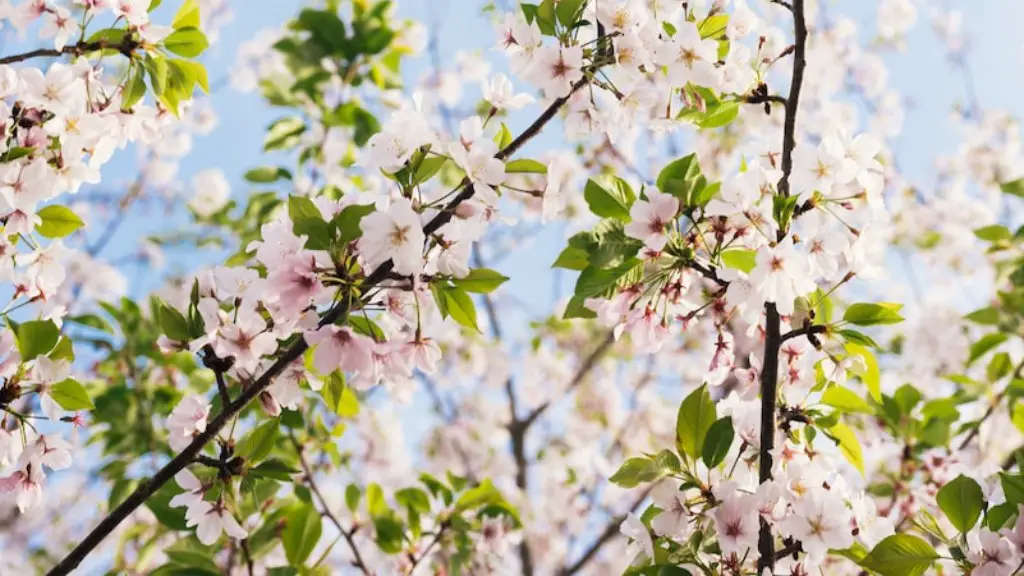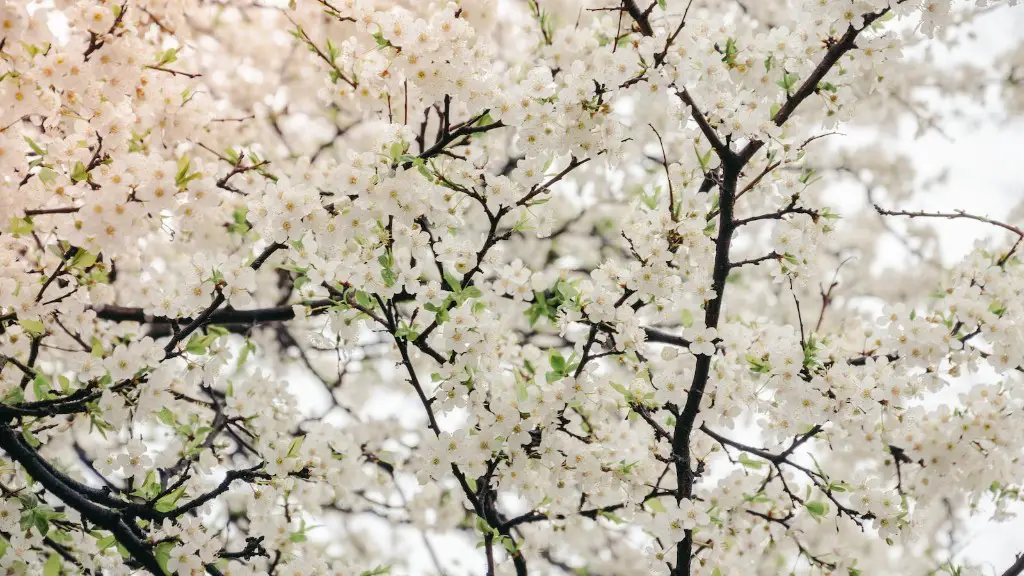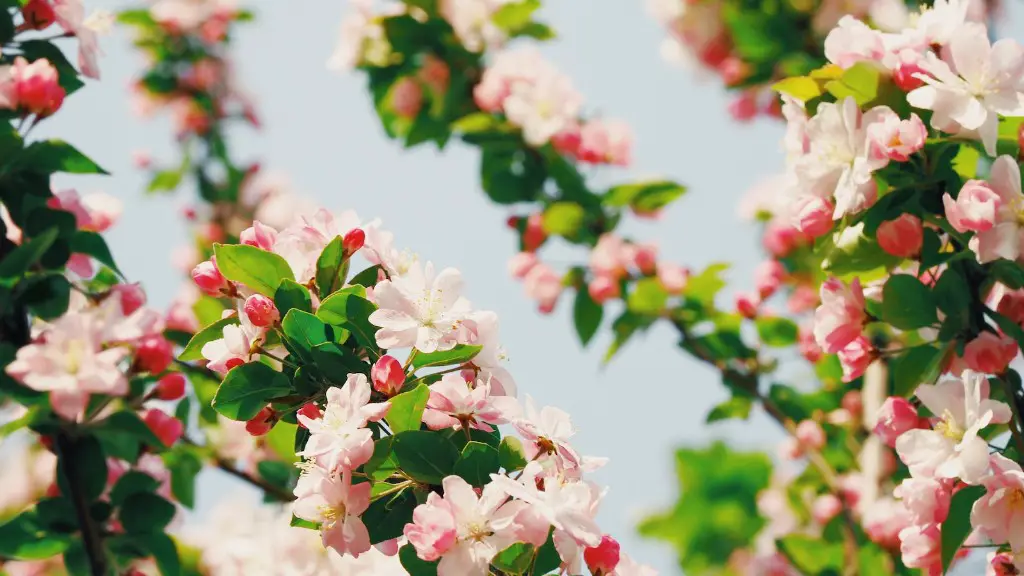Select the Right Site where the Cherry Tree Can Thrive
Cherry fruit trees need abundant sunshine, ample room to grow, good air circulation and well-drained soil. It’s important to pick a spot that’s suitable for the variety of tree chosen and in an area that receives at least 6-8 hours of direct sun (12 hours is preferable). Also, it’s important to stay away from low-lying areas or areas that frequently flood. Additionally, stay away from crowded areas where other trees block the sun or impede air circulation that can lead to disease as well as areas where salt is present nearby as salt can also cause problems.
When to Plant
The ideal time to plant a cherry tree is in early spring right after winter temperatures start to rise, generally around late March or early April. This is because winter frost can damage the newly-planted tree and delay fruiting. One way to determine when to plant is to look for the sign of new buds on other trees.
Dig a Hole
Before starting, it’s important to measure the area around the newly-planted tree. A space of 3 to 6 square feet should be left between the tree and other trees/structures to allow for proper air circulation and growth. With soil that’s light and well-draining, dig a hole two to three times wider than the rootball and at the same depth as the tree’s rootball.
Fertilizer & Amendments
It’s important to amend the soil with ample organic material such as compost, manure or organic soil nutrients. The best organic material to use varies, depending on type of soil found in each region, so it’s best to talk with an expert in your local garden center. If the soil is heavy and unresponsive, it may be necessary to use additional fertilizer.
How to Plant the Cherry Tree
Place the rootball of the tree into the hole and check to ensure it’s at the same depth as it was in the container. To encourage the formation of roots, spread out the roots of the tree in the hole gently. To fill the hole, mix topsoil, compost and a bit of fertilizer. Then fill the hole up with. Pack down the soil and make sure that its evenly spaced around the rootball.
Mulch & Water
Cover the newly-planted tree with mulch or wood chips. This will help to keep the tree root system from drying out and conserve moisture in the soil. Water the area well. Once it has soaked thoroughly, water once or twice a week. As the tree matures, the amount of water can be reduced.
Tending During the Growing Season
Pest ControlMost cherry trees are susceptible to certain pests such as aphids, moths, larvae, caterpillars and other potentially harmful creatures. To keep these away, it’s important to use proper pest control methods such as biological pest control, spraying with insecticides or making your own natural pesticide.
Pollination & Fruiting
In order for fruiting to happen, the tree needs to be properly pollinated. Cherry trees typically require cross-pollination which means that two different varieties of the same species of tree should be planted for better pollination. To ensure pollination, some farmers also choose to use pollinator wasps from the orchard where their cherry tree was bought or nearby. Finally, don’t forget to thin out crowding fruit and prune off diseased parts of the tree.
Harvesting
When harvesting, first use your hands to test ripeness by lightly squeezing the fruit. Unripe cherries should not leave an impression. Ripe cherries have a glossy, deep red color and will easily slip off the tree when picked. If a cherry doesn’t drop off the tree, you may need to cut it off with scissors or pruning shears. Sort cherries carefully as they’re sensitive and can quickly spoil.
Storing & Preserving
Good cherries are best enjoyed fresh, so it’s best to eat them soon after picking. If storing needs to happen, cherries can be stored for about 3-4 days in the refrigerator if kept in an airtight container. If cherries need to be stored for longer periods of time, they can also be frozen.
Planning for the Life of Your Cherry Tree
Cherry trees will keep growing and producing fruit for many years when taken care of properly. Proper planting, soil preparation, mulching, pruning and pest control will ensure that it continues to thrive. Remember that a healthy cherry tree should be resilient and provide many years of enjoyment, so provide the tree the nourishment it needs to reach its full potential.


